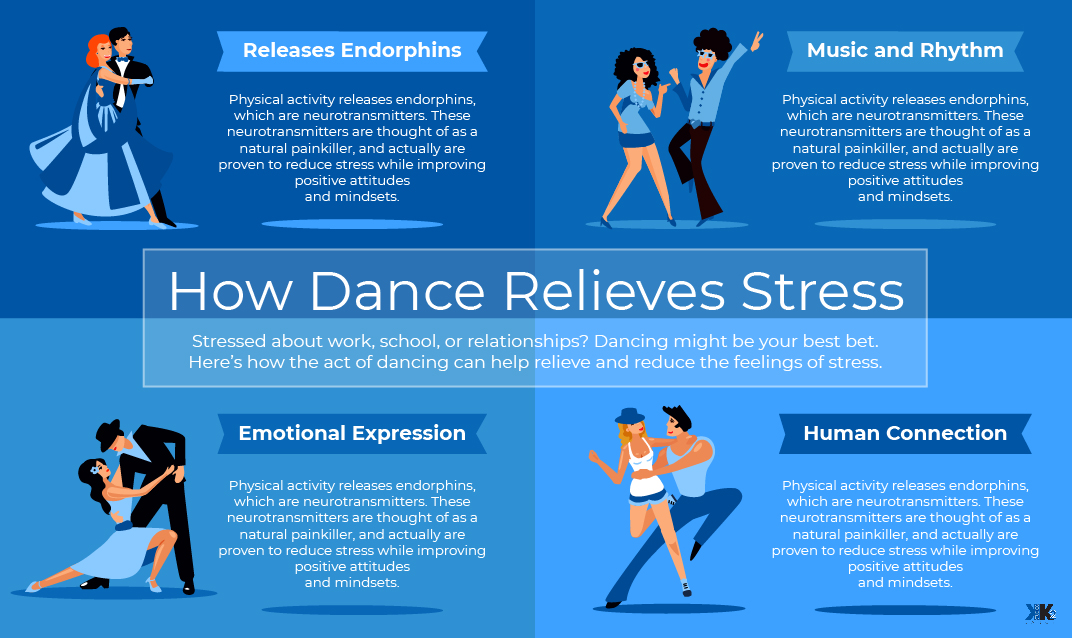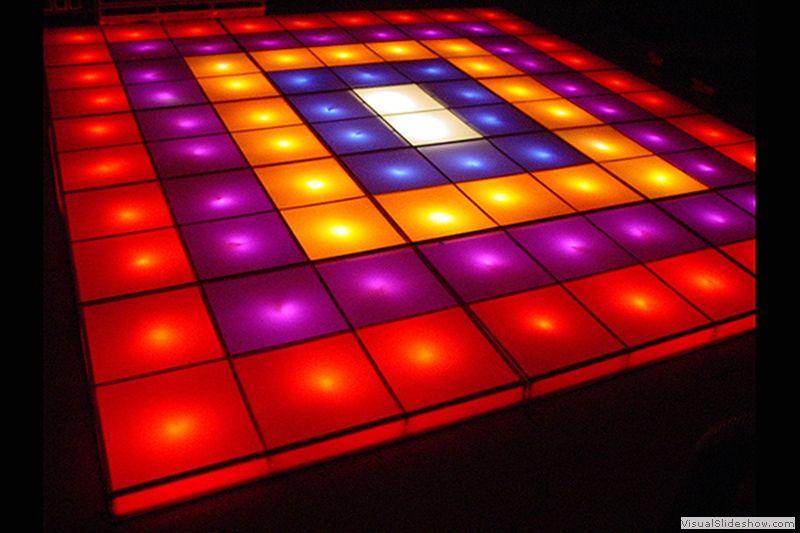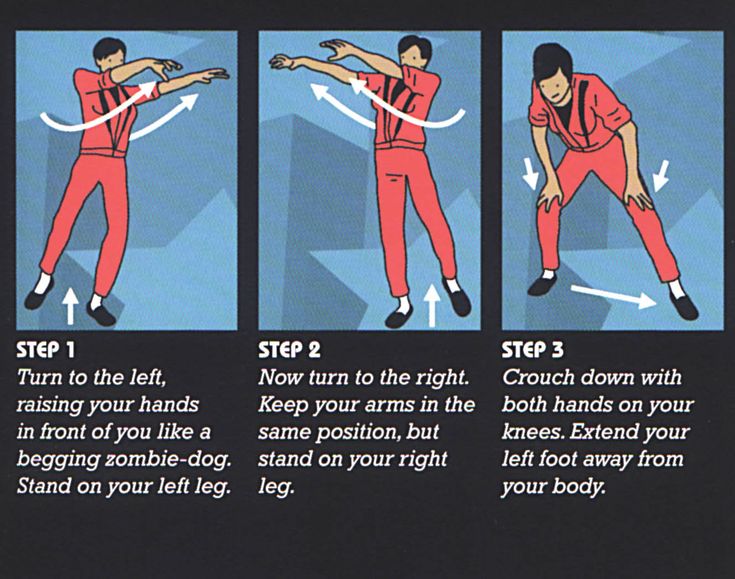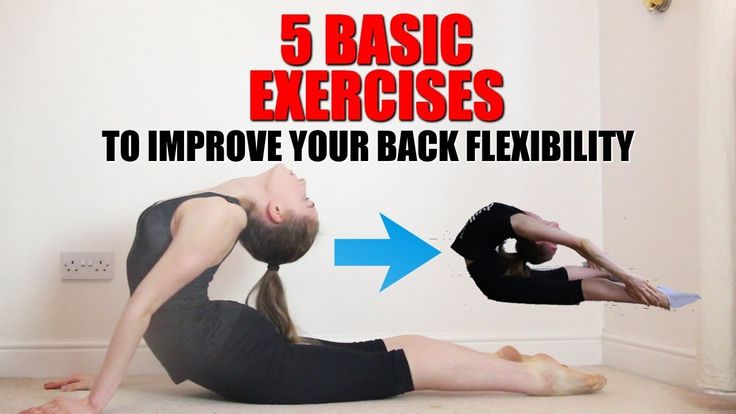How can dance help you
Dance - health benefits - Better Health Channel
Actions for this page
Summary
Read the full fact sheet- Dancing can be a way to stay fit for people of all ages, shapes and sizes.
- Dancing can improve your muscle tone, strength, endurance and fitness.
- Dancing is a great way to meet new friends.
- See your doctor for a check-up if you have a medical condition, are overweight, are over 40 years of age or are unfit.
About dance
There are many forms of dance, from ballroom to barn dancing and disco to Morris dancing.
Dance has always been a part of human culture, rituals and celebrations. Today, most dancing is about recreation and self-expression, although it can also be done as a competitive activity.
Dancing is an enjoyable way to be more physically active and stay fit.
Health benefits of dancing
Dancing can be a way to stay fit for people of all ages, shapes and sizes. It has a wide range of physical and mental benefits including:
- improved condition of your heart and lungs
- increased muscular strength, endurance and motor fitness
- increased aerobic fitness
- improved muscle tone and strength
- weight management
- stronger bones and reduced risk of osteoporosis
- better coordination, agility and flexibility
- improved balance and spatial awareness
- increased physical confidence
- improved mental functioning
- improved general and psychological wellbeing
- greater self-confidence and self-esteem
- better social skills.
Getting started with dancing
You can dance in a group, with a partner, or on your own.
There are lots of different places where you can enjoy dancing, for example, at dance schools, social venues, community halls and in your own home. Dancing has become such a popular way to be active and keep fit, that most fitness clubs now offer dance classes in their group exercise programs.
Dancing has become such a popular way to be active and keep fit, that most fitness clubs now offer dance classes in their group exercise programs.
Dancing can be done both competitively and socially. It can be a great recreational and sporting choice, because anyone of any age can take part. It doesn’t matter whether it is cold or raining, as dancing is usually done indoors.
The gear you need for dancing will depend on the style of dancing you choose. For example, tap dancing will involve buying tap shoes, however many forms of dance do not need special equipment or footwear.
To get started, simply choose a style you enjoy, or would like to try, look online for dance schools in your local area and join a class.
Types of dance
There are many styles of dance to choose from, each with its own attractions. Popular styles of dancing include:
- Ballet – mostly performed to classical music, this dance style focuses on strength, technique and flexibility.

- Ballroom dancing – this involves a number of partner-dancing styles such as the waltz, swing, foxtrot, rumba and tango.
- Belly dancing – originating in the Middle East, this dance style is a fun way to exercise.
- Hip-hop – performed mostly to hip-hop music, this urban dance style can involve breaking, popping, locking and freestyling.
- Jazz – a high-energy dance style involving kicks, leaps and turns to the beat of the music.
- Pole dancing – has become increasingly popular as a form of exercise. It involves dancing with a vertical pole, and requires muscle endurance, coordination, and upper- and lower-body strength.
- Salsa – involving a mixture of Caribbean, Latin American and African influences, salsa is usually a partner dance and emphasises rhythms and sensuality.
- Square-dancing – a type of folk dancing where 4 couples dance in a square pattern, moving around each other and changing partners.

- Tap dancing – focuses on timing and beats. The name originates from the tapping sounds made when the small metal plates on the dancer’s shoes touch the ground.
Choosing a dance style
When choosing a dance style, ask yourself questions such as:
- Do I want to dance to improve my fitness?
- Am I trying to improve my flexibility and coordination?
- Do I prefer fast dancing or slow dancing?
- Do I want to dance with a partner, or on my own?
- Do I want to join a group, or have private lessons?
- Will I enjoy competitions, or do I want to dance just for fun?
General tips for dancing
If you are thinking of taking up dancing, suggestions include:
- See your doctor for a check-up if you have a medical condition, are overweight, are over 40 years of age or are unfit.
- Wear layers of clothing that you can take off as your body warms up.
- Do warm-up activities before you begin a dance session.

- Drink plenty of water before, during and after dancing.
- Make sure you rest between dance sessions.
- Don’t push yourself too far or too fast, especially if you are a beginner.
- Wear professionally fitted shoes appropriate to your style of dance.
- Check with your dance instructor that you are holding the correct form.
- Sit and watch new dance moves first. Learning new moves increases your risk of injury, especially if you are already tired.
- Perform regular leg-strengthening exercises.
- Move as fluidly and gracefully as you can.
- Cool down after a dance session, including stretching.
Where to get help
- Your GP (doctor)
- Physiotherapist
- Victorian Square Dancing Association Tel. 1800 643 277
- DanceSport Victoria – ballroom and competitive dancing
- Victorian Line Dance Association
- Get Active Victoria
- Sports Medicine Australia Tel. 1300 711 211
- Fong Yan A, Cobley S, Chan CL et al.
 2018, ‘The effectiveness of dance interventions on physical health outcomes compared to other forms of physical activity: A systematic review and meta-analysis’, Sports Medicine, no. 48, pp, 933–951.
2018, ‘The effectiveness of dance interventions on physical health outcomes compared to other forms of physical activity: A systematic review and meta-analysis’, Sports Medicine, no. 48, pp, 933–951.
This page has been produced in consultation with and approved by:
This page has been produced in consultation with and approved by:
Give feedback about this page
Was this page helpful?
More information
Content disclaimer
Content on this website is provided for information purposes only. Information about a therapy, service, product or treatment does not in any way endorse or support such therapy, service, product or treatment and is not intended to replace advice from your doctor or other registered health professional. The information and materials contained on this website are not intended to constitute a comprehensive guide concerning all aspects of the therapy, product or treatment described on the website. All users are urged to always seek advice from a registered health care professional for diagnosis and answers to their medical questions and to ascertain whether the particular therapy, service, product or treatment described on the website is suitable in their circumstances. The State of Victoria and the Department of Health shall not bear any liability for reliance by any user on the materials contained on this website.
All users are urged to always seek advice from a registered health care professional for diagnosis and answers to their medical questions and to ascertain whether the particular therapy, service, product or treatment described on the website is suitable in their circumstances. The State of Victoria and the Department of Health shall not bear any liability for reliance by any user on the materials contained on this website.
Reviewed on: 25-05-2022
Dance - health benefits - Better Health Channel
Actions for this page
Summary
Read the full fact sheet- Dancing can be a way to stay fit for people of all ages, shapes and sizes.
- Dancing can improve your muscle tone, strength, endurance and fitness.
- Dancing is a great way to meet new friends.
- See your doctor for a check-up if you have a medical condition, are overweight, are over 40 years of age or are unfit.

About dance
There are many forms of dance, from ballroom to barn dancing and disco to Morris dancing.
Dance has always been a part of human culture, rituals and celebrations. Today, most dancing is about recreation and self-expression, although it can also be done as a competitive activity.
Dancing is an enjoyable way to be more physically active and stay fit.
Health benefits of dancing
Dancing can be a way to stay fit for people of all ages, shapes and sizes. It has a wide range of physical and mental benefits including:
- improved condition of your heart and lungs
- increased muscular strength, endurance and motor fitness
- increased aerobic fitness
- improved muscle tone and strength
- weight management
- stronger bones and reduced risk of osteoporosis
- better coordination, agility and flexibility
- improved balance and spatial awareness
- increased physical confidence
- improved mental functioning
- improved general and psychological wellbeing
- greater self-confidence and self-esteem
- better social skills.

Getting started with dancing
You can dance in a group, with a partner, or on your own.
There are lots of different places where you can enjoy dancing, for example, at dance schools, social venues, community halls and in your own home. Dancing has become such a popular way to be active and keep fit, that most fitness clubs now offer dance classes in their group exercise programs.
Dancing can be done both competitively and socially. It can be a great recreational and sporting choice, because anyone of any age can take part. It doesn’t matter whether it is cold or raining, as dancing is usually done indoors.
The gear you need for dancing will depend on the style of dancing you choose. For example, tap dancing will involve buying tap shoes, however many forms of dance do not need special equipment or footwear.
To get started, simply choose a style you enjoy, or would like to try, look online for dance schools in your local area and join a class.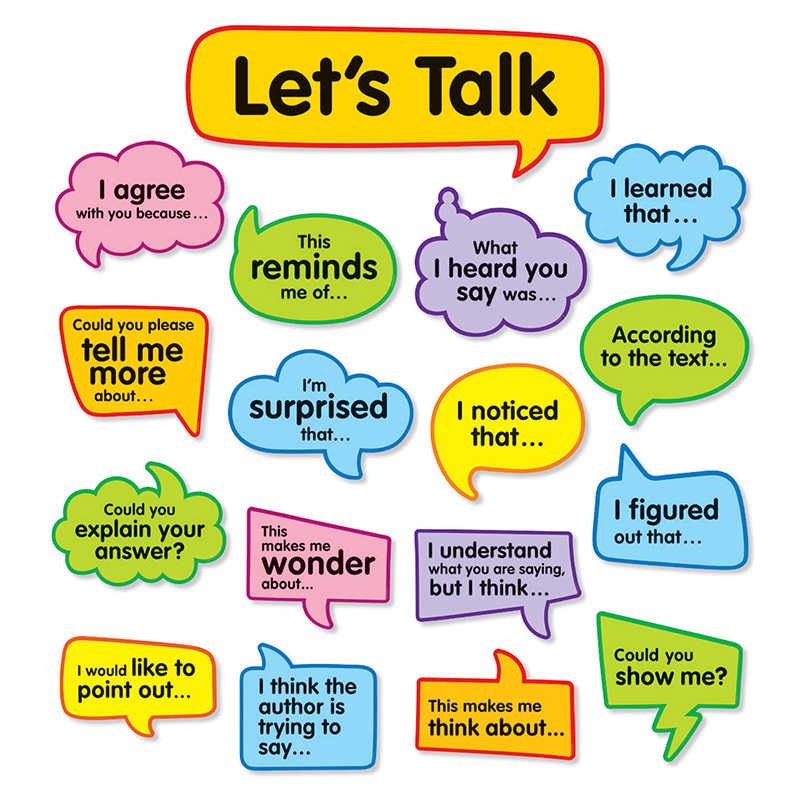
Types of dance
There are many styles of dance to choose from, each with its own attractions. Popular styles of dancing include:
- Ballet – mostly performed to classical music, this dance style focuses on strength, technique and flexibility.
- Ballroom dancing – this involves a number of partner-dancing styles such as the waltz, swing, foxtrot, rumba and tango.
- Belly dancing – originating in the Middle East, this dance style is a fun way to exercise.
- Hip-hop – performed mostly to hip-hop music, this urban dance style can involve breaking, popping, locking and freestyling.
- Jazz – a high-energy dance style involving kicks, leaps and turns to the beat of the music.
- Pole dancing – has become increasingly popular as a form of exercise. It involves dancing with a vertical pole, and requires muscle endurance, coordination, and upper- and lower-body strength.

- Salsa – involving a mixture of Caribbean, Latin American and African influences, salsa is usually a partner dance and emphasises rhythms and sensuality.
- Square-dancing – a type of folk dancing where 4 couples dance in a square pattern, moving around each other and changing partners.
- Tap dancing – focuses on timing and beats. The name originates from the tapping sounds made when the small metal plates on the dancer’s shoes touch the ground.
Choosing a dance style
When choosing a dance style, ask yourself questions such as:
- Do I want to dance to improve my fitness?
- Am I trying to improve my flexibility and coordination?
- Do I prefer fast dancing or slow dancing?
- Do I want to dance with a partner, or on my own?
- Do I want to join a group, or have private lessons?
- Will I enjoy competitions, or do I want to dance just for fun?
General tips for dancing
If you are thinking of taking up dancing, suggestions include:
- See your doctor for a check-up if you have a medical condition, are overweight, are over 40 years of age or are unfit.

- Wear layers of clothing that you can take off as your body warms up.
- Do warm-up activities before you begin a dance session.
- Drink plenty of water before, during and after dancing.
- Make sure you rest between dance sessions.
- Don’t push yourself too far or too fast, especially if you are a beginner.
- Wear professionally fitted shoes appropriate to your style of dance.
- Check with your dance instructor that you are holding the correct form.
- Sit and watch new dance moves first. Learning new moves increases your risk of injury, especially if you are already tired.
- Perform regular leg-strengthening exercises.
- Move as fluidly and gracefully as you can.
- Cool down after a dance session, including stretching.
Where to get help
- Your GP (doctor)
- Physiotherapist
- Victorian Square Dancing Association Tel. 1800 643 277
- DanceSport Victoria – ballroom and competitive dancing
- Victorian Line Dance Association
- Get Active Victoria
- Sports Medicine Australia Tel.
 1300 711 211
1300 711 211
- Fong Yan A, Cobley S, Chan CL et al. 2018, ‘The effectiveness of dance interventions on physical health outcomes compared to other forms of physical activity: A systematic review and meta-analysis’, Sports Medicine, no. 48, pp, 933–951.
This page has been produced in consultation with and approved by:
This page has been produced in consultation with and approved by:
Give feedback about this page
Was this page helpful?
More information
Content disclaimer
Content on this website is provided for information purposes only. Information about a therapy, service, product or treatment does not in any way endorse or support such therapy, service, product or treatment and is not intended to replace advice from your doctor or other registered health professional. The information and materials contained on this website are not intended to constitute a comprehensive guide concerning all aspects of the therapy, product or treatment described on the website. All users are urged to always seek advice from a registered health care professional for diagnosis and answers to their medical questions and to ascertain whether the particular therapy, service, product or treatment described on the website is suitable in their circumstances. The State of Victoria and the Department of Health shall not bear any liability for reliance by any user on the materials contained on this website.
All users are urged to always seek advice from a registered health care professional for diagnosis and answers to their medical questions and to ascertain whether the particular therapy, service, product or treatment described on the website is suitable in their circumstances. The State of Victoria and the Department of Health shall not bear any liability for reliance by any user on the materials contained on this website.
Reviewed on: 25-05-2022
The benefits of dancing. How does dancing affect women's health and sexuality?
Knowing yourself through dance
Dance is a state of mind, a way of self-expression and a manifestation of mood. And if in sports the mood can interfere with the achievement of the goal, then in the dance any mood is embodied in movement.
Unlike sports, where the arms, legs and shoulder girdle are mainly involved, the muscles of the abdomen, hips, feet, hands, neck and face are also involved in the dance, which gives a greater scope for self-expression and harmonious strengthening of the whole body. nine0003
nine0003
Here, unless we are talking about professional dances, there is no focus on results and there is no restriction in movements. You can let go of yourself and be in touch with your body, mood and state of mind. It can be said that dance captures and combines movements, emotions and state of mind.
It is through dance that a woman learns herself and the world. The plasticity of movements allows you to reveal the true female nature and abilities of your emotional and spiritual world, which is impossible to do in sports or in everyday life. nine0003
Dancing allows you to improve the qualities of character by training different muscle groups. Foot movement enhances the feeling of support (I am confident on my feet, I can push off from reliable support and achieve my goal), which contributes to the development of purposefulness and self-confidence.
Through the movements of the pelvic region, the most common in oriental, Arabic, African American dances, we release the tension that has accumulated in the muscles that support the female organs.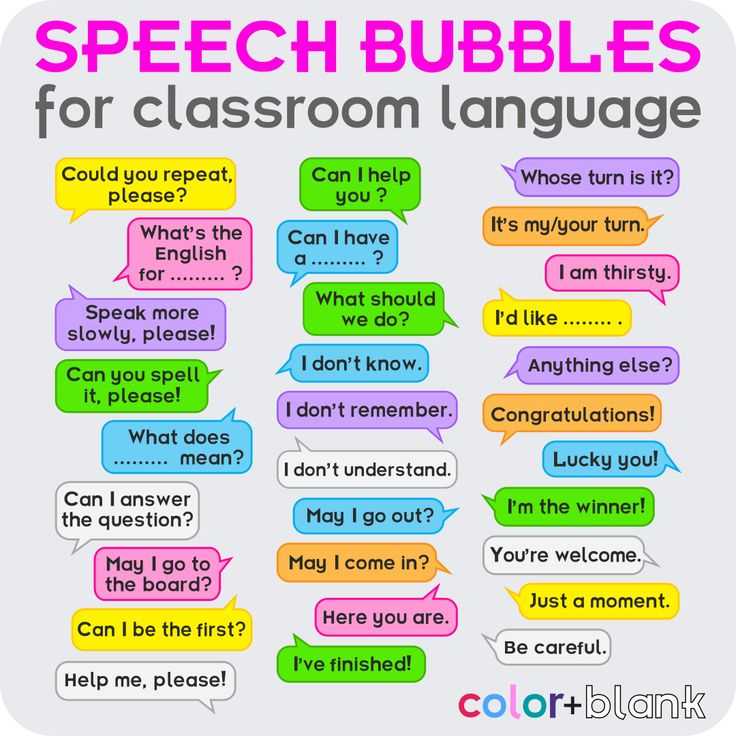 nine0008 As a result, the relieved tension turns into sexual energy. Along with sexuality, mood improves, activity and vigor increase.
nine0008 As a result, the relieved tension turns into sexual energy. Along with sexuality, mood improves, activity and vigor increase.
Movements of the arms, shoulders, fingers, characteristic of Arabic, Indian and Spanish dances, improve our interpersonal skills.
By developing arms and shoulders in the dance, we feel our body in space better, which means we can better find our place in a group of other people. In addition, the hands are responsible for attracting the right people to us and repelling those with whom we are not comfortable. nine0003
Through the muscles of the face , which are not involved in sports, a woman in dance can show spiritual emotionality. This is very important, because by nature women are more expansive creatures, and, unlike men, they need to express their emotions more often, and here dance has an advantage over sports.
The world is accelerating, the essence of a woman is changing along with it, and incendiary Latin American, African and Arabic belly dances, in which all muscle groups are involved, are perfect to throw out the resulting muscle tension. But, unlike sports, which also relieve muscle tension, the process of relaxation in dance occurs through the smooth movements inherent in female nature, and not through the sharp masculine ones that prevail in fitness. nine0007 Energetic dances perfectly match today's rhythm of life of a modern woman.
But, unlike sports, which also relieve muscle tension, the process of relaxation in dance occurs through the smooth movements inherent in female nature, and not through the sharp masculine ones that prevail in fitness. nine0007 Energetic dances perfectly match today's rhythm of life of a modern woman.
During fitness classes, you can quickly lose weight, but dancing, you can achieve such an effect in a short time if you give all your best and breathe correctly. Breathing has a very strong influence on fat burning, in fact, it depends on it how the female figure will be formed. And here, Latin American, African American and Arabic dances have advantages over waltz and folk dances, which quickly reduce weight, especially if proper breathing is used during classes. nine0003
In most sports, you can get injured even if you follow your coach's instructions exactly. In dancing, the risk of harming your health is reduced to zero, of course, if you do not take into account street dances with hard-to-perform acrobatic stunts.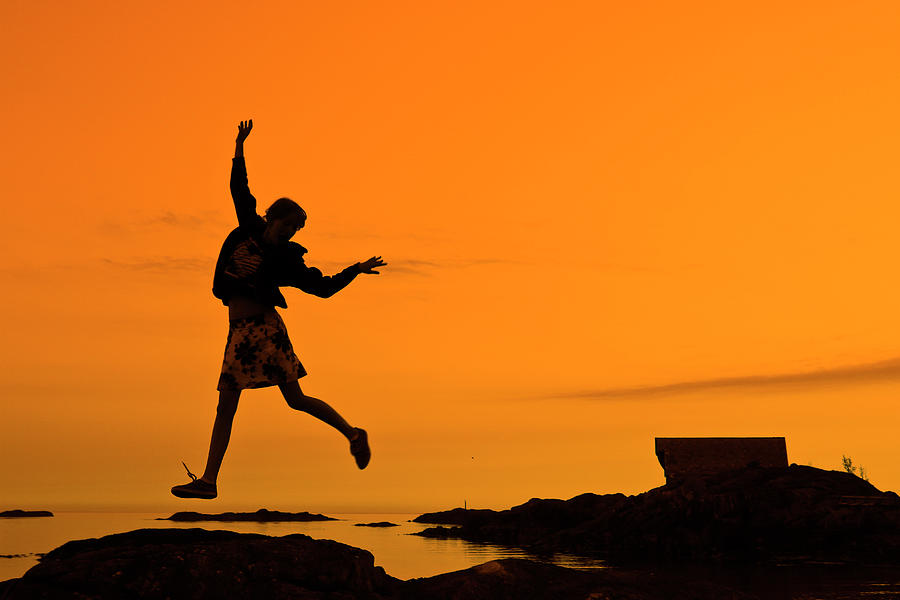 But even in ordinary dances, one must be able to properly dose the load so as not to stretch the muscles and damage the ligaments.
But even in ordinary dances, one must be able to properly dose the load so as not to stretch the muscles and damage the ligaments.
Which dances to choose
If you are over 40 and have problems with your spine, then you should give preference to calmer dances, such as waltz, tango, slow foxtrot. nine0008 Because oriental or Latin American dances with a heavy load can aggravate the disease.
In general, if a woman has never been involved in sports, it is best to start increasing physical activity with dancing. They allow you to solve health problems and have a preventive effect. For example, Arabic belly dancing is a good prevention of premenstrual syndrome (PMS). They also increase blood circulation in the pelvic area, which prevents the occurrence of female inflammatory processes and formations associated with fibroids and endometriosis. nine0003
Any dance improves mood, which means that hormones of joy appear, which has a positive effect on the immune system.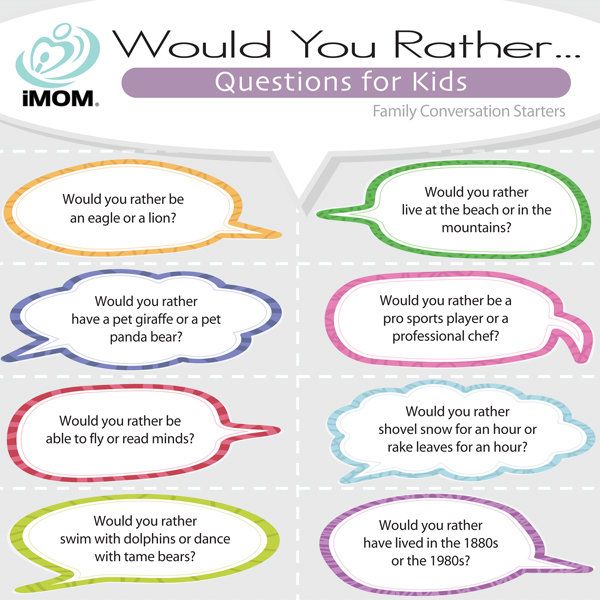 People who go in for dancing, during periods of epidemics of colds, get sick less often and recover faster.
People who go in for dancing, during periods of epidemics of colds, get sick less often and recover faster.
The influence of dancing on interpersonal relationships with others can hardly be overestimated. After all, dancing improves mood, which always has a positive effect on relationships with others. While dancing, we listen to ourselves, our body and can better feel our partner. While enjoying the dance, we learn to feel pleasure in sex and deliver pleasant sensations to a loved one. nine0003
The most beneficial effect on relationships is dancing with a partner, such as bachata and salsa.
Dancing in pairs, a woman learns to listen to her partner, to follow him, to catch special signs from him, which improves her interpersonal relationships in life.
In pair and group dances, the energy that builds up during movements is enhanced by a partner or group and helps a woman achieve her goals faster. In fitness, there is also such an effect when a coach stimulates a group to a certain result, but in sports there is practically no verbal communication and emotional relationships.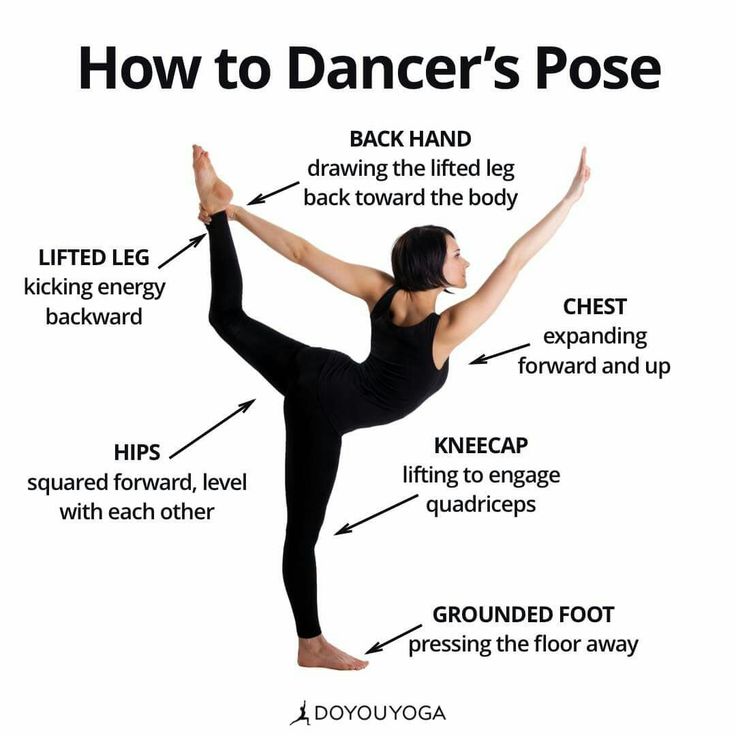 In dancing, you can show your attitude towards a partner or a group. nine0003
In dancing, you can show your attitude towards a partner or a group. nine0003
Choosing dance or sports is, of course, a personal matter for everyone. Sports can increase patience and willpower. Dancing also allows you to develop stress resistance, flexibility and sociability. It is important to remember that when choosing a dance or sport, you should first of all listen to yourself. The state of health, features of the figure and needs will always tell a woman which type of dance or sport she should choose.
Photo: pixabay.com, shutterstock.com.
Author: Sergey Klachek
How dancing helps boys grow into real men
When choosing the type of extracurricular activities together with their child, parents of girls often lean towards dance classes and choreographic circles. After all, the ability to move to music brings up flexibility, grace, refinement, and these qualities are traditionally considered very important for future women. There are much fewer boys in such circles, unfortunately.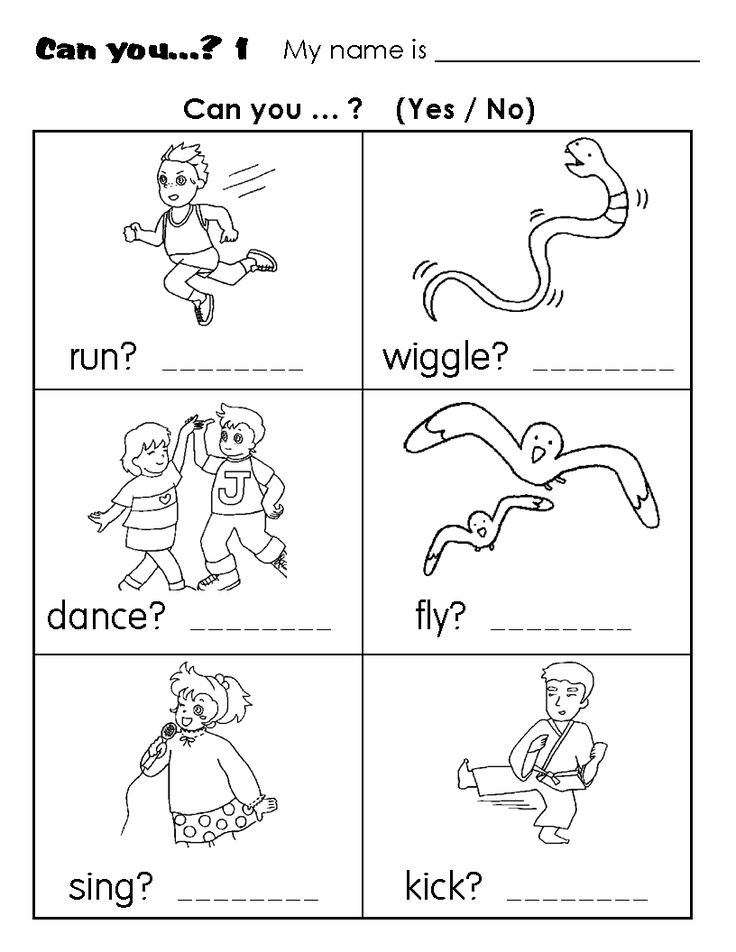 But dancing is good for all children. What important qualities do they bring up in future men? Samira Filatova, a teacher-psychologist of the Academic Gymnasium of St. Petersburg State University, a sports psychologist, discusses this topic. nine0003
But dancing is good for all children. What important qualities do they bring up in future men? Samira Filatova, a teacher-psychologist of the Academic Gymnasium of St. Petersburg State University, a sports psychologist, discusses this topic. nine0003
Samira Filatova, sports psychologist, teacher-psychologist of the Academic Gymnasium of St. Petersburg State University
Dances and choreography
In the lesson schedule of some Russian general education schools, you can find such a subject as choreography. There are circles with the same name. What do they teach there? Strictly speaking, choreography is not some kind of dance, but the basis of any dance direction. This is a broad concept, which includes, first of all, elements, movements characteristic of certain types of dance, as well as a scheme, drawing, staging. Very often this word is used as a synonym for classical dance. It is during choreography lessons that children get an idea of the basics of ballet. nine0003
Why there are more girls in dance schools
When parents choose a sports section together with their child (and dance is not only an art, but also a sport), they are guided by a number of factors: the child’s abilities; qualities that I would like to develop; technical ability to engage in any sport.
Dancing has many benefits. They not only improve posture, increase endurance, flexibility and other qualities that are important for many sports, but also develop a sense of rhythm, the ability to hear music and, importantly, coordinate body movements in accordance with the music. For creative children, choreography lessons, where artistry is important, are an opportunity for self-expression. Little dancers learn how to present themselves, and this skill is valuable for future professional activity, whatever it may be. nine0003
In girls of preschool and primary school age, the level of development of flexibility and object dexterity is higher than that of their male peers. And musical and rhythmic movements are also easier for them. This is most likely why there are fewer boys than girls in dance studios.
In addition, the stereotype that dancing is not a serious, not masculine occupation, that they do not develop those qualities that are important for the stronger sex, will not be eliminated. This is an erroneous opinion. Dance lessons can give boys a lot, in addition to physical activity, which is so necessary for a growing body. nine0003
This is an erroneous opinion. Dance lessons can give boys a lot, in addition to physical activity, which is so necessary for a growing body. nine0003
What dances do for boys
Dance classes are also moral development . After all, a partner in pair dances is a girl, and in order to work well with her, a boy needs to develop the skills of interacting with the opposite sex, learn to be restrained, behave politely and correctly. The boys I know who are engaged in a dance ensemble, I can characterize as real gentlemen. Moreover, they maintain a reverent and respectful attitude towards girls outside the classroom. nine0003
Not in vain in Tsarist Russia, future officers were taught not only to handle weapons, but also to dance. In those days, it was a mandatory skill for an educated and comprehensively developed young man. And now this tradition is being revived in many military educational institutions.
Dancing also involves aesthetic education is an important element of harmonious development. Such lessons are regular listening to high-quality music, the opportunity to wear beautiful clothes (now there is even a training uniform that is both comfortable and looks spectacular). Often classes are held in spacious halls and halls with a large number of mirrors. This creates a solemn atmosphere, and also, whatever the direction of the dances, a feeling of flight. Some dancers are especially lucky: they practice in the luxurious interiors of historic buildings. nine0003
Such lessons are regular listening to high-quality music, the opportunity to wear beautiful clothes (now there is even a training uniform that is both comfortable and looks spectacular). Often classes are held in spacious halls and halls with a large number of mirrors. This creates a solemn atmosphere, and also, whatever the direction of the dances, a feeling of flight. Some dancers are especially lucky: they practice in the luxurious interiors of historic buildings. nine0003
Many parents perceive dance studios as a place where their child will open up, get rid of muscle tension, become more self-confident. This is possible, among other things, thanks to good posture and a beautiful gait, which are developed through regular exercise. It is the boy who leads in pair dances, he learns to take a dominant position, and after some time after the start of classes, even the most shy guys feel more confident.
A person with healthy self-esteem most often treats others with respect.
I will tell the story of one schoolboy who was shy and at the same time conflicted. His parents sent him to the modern dance section. And somehow, at a New Year's party in the class, he danced a composition that he had learned in class. This moment became a turning point in his relationship with classmates. Some of them showed interest in his hobby, began to pay attention to a classmate. And this, in turn, strengthened his self-confidence, and he became much less likely to conflict with his peers. In addition, among other members of the dance ensemble, the boy found true friends. nine0003
It is traditionally believed that boys have more excess energy, which is important to find a peaceful use. Dance lessons can be a way to spend it usefully .
Of course, all these pluses, for all their obviousness, will not manifest themselves. The individual typological characteristics of the child, the general atmosphere in the dance class, the personality and qualifications of the teacher are very important.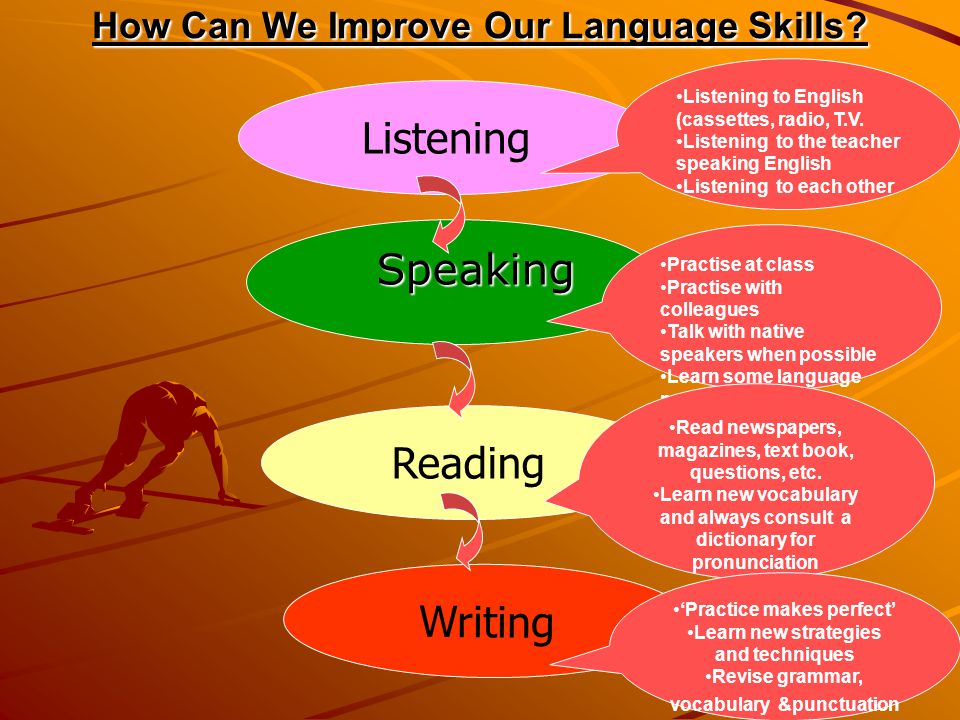
At what age should classes start? This age is considered ideal for kids who are tipped to have a dancing or sports career. This does not mean at all that it is too late for six-year-olds to start. It's just that psychomotor development is not the same in different age groups. So, for example, at the age of 5-6, boys have a high level of speed-strength abilities, general endurance. At a slightly older age, at 6-8 years old, speed and accuracy, coordination of movements increase, orientation in space, balance and a sense of rhythm develop. If we compare two five-year-old boys with approximately the same inclinations, one of whom has just started classes, and the other has been dancing since the age of three, then the difference will be significant. The second child will be at least more flexible and flexible. But another 2-3 years will pass, and the first boy can show even better results if he practices intensively. nine0003
According to the guys themselves, for whom dancing has not become a professional activity, the optimal age to start classes is 7-8 years old.